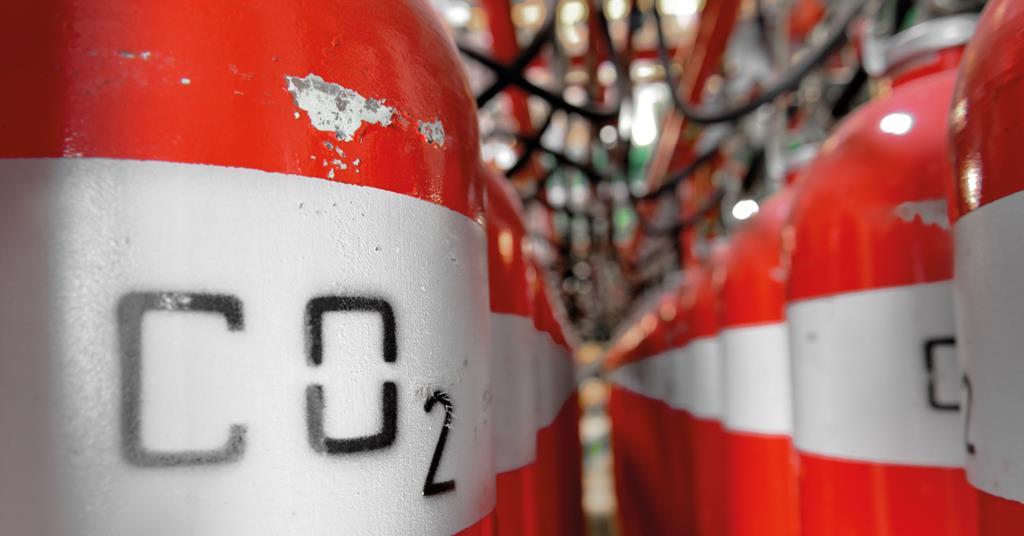

Today’s news of a regrettable lawsuit between Nippon Gases and a prominent Belgian brewer is surely (and sadly) the latest air of frustration to emerge from a pent-up CO2 business at the mercy of its feedstocks in Europe.
Shortages have been coming for some time, and various warnings of prices increases have been more-than-hinted-at for several months now.
As we understand it, the CO2 business both in Europe and across the Atlantic in North America has not been on an even keel for more than 12 months. As a result, depleted stock or storage levels have not been adequate to sustain any further market squeezes.

gasworld reported on 16th September 2021 about the possibility of a new UK and potentially Europe-wide CO2 supply crisis. The backdrop to those concerns were soaring natural gas prices, a fertiliser industry under strain as a result, and the imminent closures of two key fertiliser plants in the UK, in Cheshire and Teesside.
A knock-on effect of plant closures ensued across Europe as fellow fertiliser producers conceded to the same dynamics of high feedstock (natural gas) prices and soft ammonia margins. Whilst the crisis was temporarily averted in the UK and wider Europe, the situation had far from subsided.
In the economic chess game of aggressive pricing manoeuvres, fallen feedstock pawns and industrial check-mates, the next moves are often game-changing. The truth is, no-one could have seen the next move that would go on to deal such a blow to markets and economies: Russia’s invasion of Ukraine on 24th February.
We had asked back in 2021, how long will natural gas prices remain so high? Ever since this bloody and brutal war has been waged – now for more than six months – there have been record-breaking natural gas prices that have wrought havoc on economies across Europe. Combined with both expected and unforeseen ammonia plant maintenance shutdowns at key locations around the world, and the market for CO2 has remain crunched and continues to bite.
There have also been widespread warnings of CO2 prices that were set to ‘skyrocket’ as far back as early March (2022), while we now see warnings of a ‘perfect storm’ of market conditions pushing the UK CO2 market towards potentially deep shortages.
The sense of frustration is, understandably, palpable.
Seasoned observers will tell you it’s often the spot market customers that are the quickest and loudest to voice their concerns over market pricing and shortages, yet one wonders if it’s really a surprise at all to see contracted customers seemingly in a similar predicament now too, such is this time of such heightened sensitivities surrounding CO2.
gasworld has long understood from various sources that the CO2 industry is always working hard to minimise the impact of these supply chain challenges on its customers.
We must remember that ultimately, the companies within the industry are as much in the dark as anyone else, given that CO2 is a by-product of other processes – in this instance largely ammonia production. It stands to reason that, as with so many other industrial sectors suffering at the hands of the economic cards it has been dealt, the CO2 industry can only do so much in the here and now to mitigate shortages and their subsequent effects.
We must also remember we’re in the midst of a cost-of-living crisis in many countries, an energy crisis that threatens the industrial sector as much as it does consumers, and we’re still only just emerging from global supply chain crises that served to remind us of the vulnerabilities of just-in-time business models. In short, economies have so many pinch points today that it’s little wonder they bear such a bruised complexion in 2022.
For the CO2 business in Europe, this story is surely a reminder of the perfect storm coming into view. As the clouds darken and frustrations grow, we can only hope the storm will break and the worst of this crisis will wash away before long.